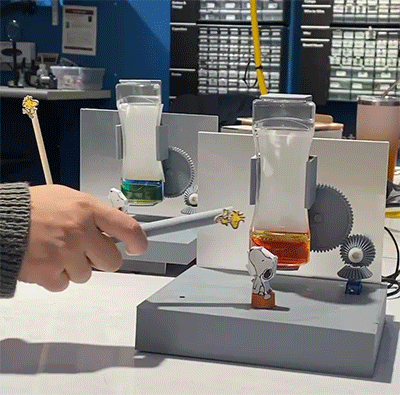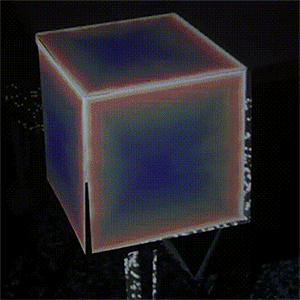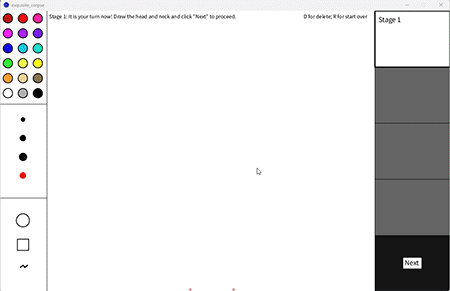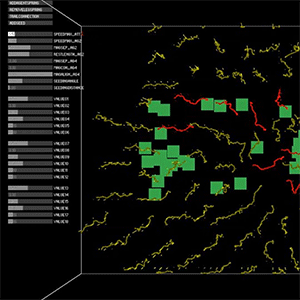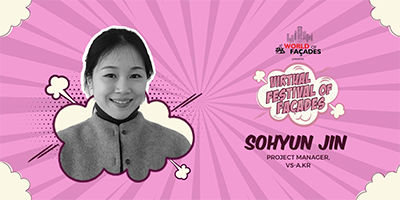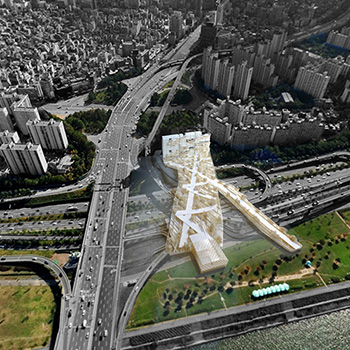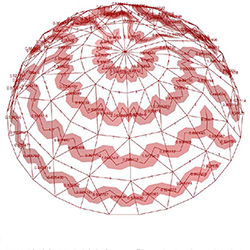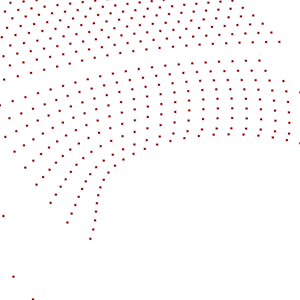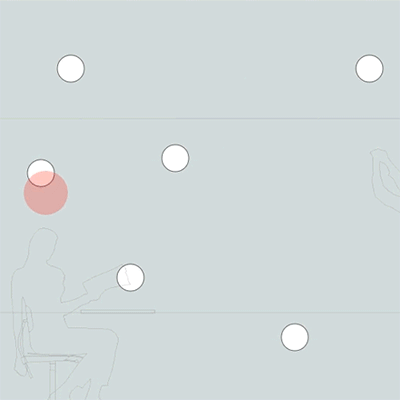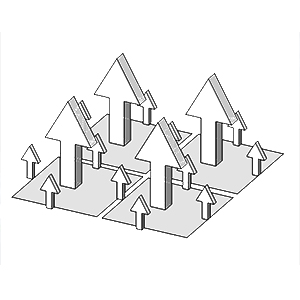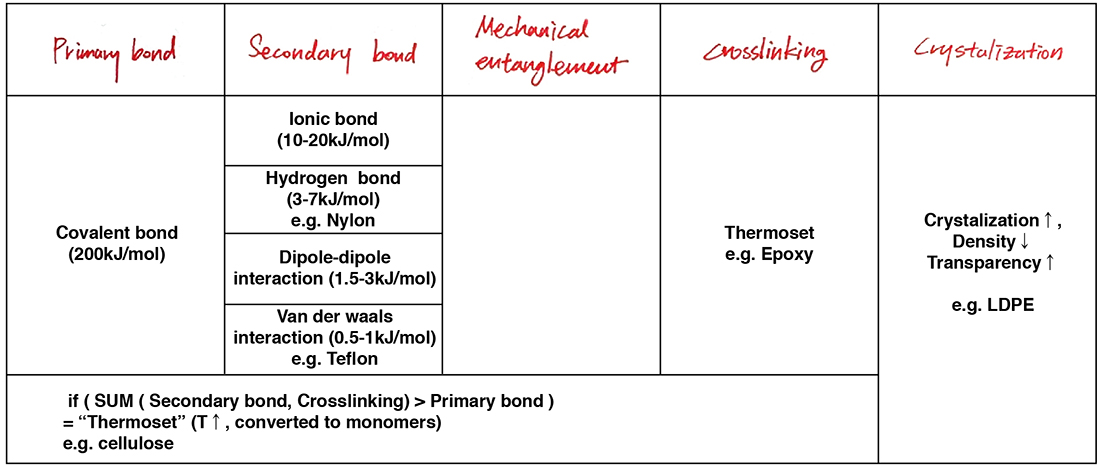Materials Waste Cycle Data Repository
Graphic user interface, sustainability
2022
Preliminary Research
Solo Work
Tap the button Start Drawing below
This graphic user interface of a sketch via
p5.js generates representations of the material degradation process at the
molecular level in relation to the temperature and carbon footprints. The
representation according to different types of materials – organic compounds,
synthetic organic compounds, or inorganic compounds – is interactively operated
following each arrangement of the abstract particles and primitively
demonstrates the movement as per the temperature, referring to its bond energy.
Polymers composition
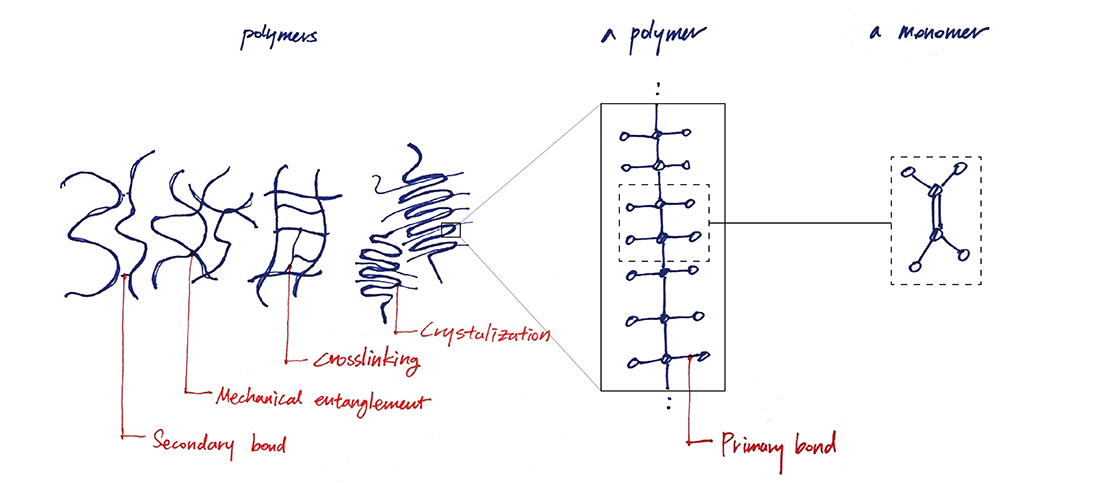
Types of polymer bonds
Which criteria define sustainability?
Building materials classification

As my experience in design grew, I began to develop an interest in materials through confronting the huge gap between the abstract nature of design and the entirely physical act of construction. I found the exploration of materiality to be particularly challenging while working at Van Santen and Associates, a facade engineering firm, where the discussion of material properties across a range of suppliers and researchers was a core competency. Understanding of such parameters played a vital role in designing performance related experiments in the pursuit of innovative design.
While being the lead Project Manager for the UBLO Windows, ideally its profiles would be mass-produced using injection moulds for recycled thermoplastics, such as polycarbonate. However it became clear that most plastics are not recycled due to quality control barriers. As a result, while the theoretical carbon footprint of recycled plastics could significantly boost the attractiveness of such materials, the practical logistics of the material would pose a very real issue. An opportunity here would be in building a set of datasets that could somehow flag up more practical fabrication limitations on top of the more marketable theories of material performance.
In a broad sense, the current methods for evaluating sustainability involve three different criteria: (1) materials that have low carbon emission in a building life cycle (i.e. production, distribution, performance as a building component, and demolition); (2) materials that are not harmful to human health; and (3) materials that are recyclable or degradable. Issues with the meaning of ‘sustainable material’ arise when the current industry recognizes the material to be sustainable even if only one of these three criteria is met.
While being the lead Project Manager for the UBLO Windows, ideally its profiles would be mass-produced using injection moulds for recycled thermoplastics, such as polycarbonate. However it became clear that most plastics are not recycled due to quality control barriers. As a result, while the theoretical carbon footprint of recycled plastics could significantly boost the attractiveness of such materials, the practical logistics of the material would pose a very real issue. An opportunity here would be in building a set of datasets that could somehow flag up more practical fabrication limitations on top of the more marketable theories of material performance.
In a broad sense, the current methods for evaluating sustainability involve three different criteria: (1) materials that have low carbon emission in a building life cycle (i.e. production, distribution, performance as a building component, and demolition); (2) materials that are not harmful to human health; and (3) materials that are recyclable or degradable. Issues with the meaning of ‘sustainable material’ arise when the current industry recognizes the material to be sustainable even if only one of these three criteria is met.
